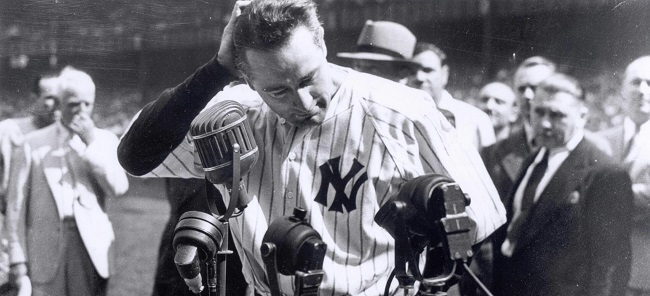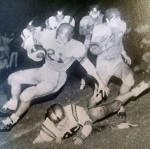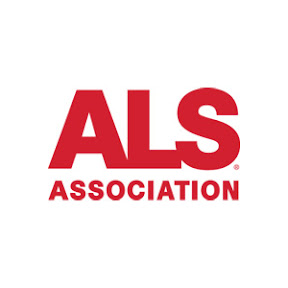ALS
 National Baseball Hall of Fame
National Baseball Hall of Fame
“Fans, for the past two weeks you have been reading about the bad break I got. Yet today I consider myself the luckiest man on the face of the earth.” – Lou Gehrig
Lou Gehrig’s Disease
Just after Christmas 2017 I was diagnosed with Amyotrophic Lateral Sclerosis (ALS), a rare neurological disorder that damages nerves and systematically destroys muscle tissue. ALS is a neurodegenerative disease that eventually results in paralysis and death, but the rate of progression varies from case to case. Currently, there is no cure for ALS and no effective treatment to stop or reverse the progression of what is also known as Lou Gehrig’s Disease.
My early symptoms were the random firing of peripheral nerves and generalized muscle twitching (fasciculations) and cramping. I was also losing strength in my left hand and forearm and having trouble with simple everyday tasks like aiming laser pointers in class, turning keys, twisting beer caps, buttoning my Levis, and tying my shoes. I assumed the muscle twitching was from a correctable vitamin deficiency, and lower arm weakness was the cumulative result of old nerve damage (neuropathy) from my left forearm having been broken twice at the beginning and end of my high school and college football careers.
As a football player, I suffered more than my share of concussions and recurring blows to my head and neck but this was back in the day before anyone kept track of cumulative brain damage through current symptom-treating concussion protocols. (Insert dumb-jock joke here). The average life expectancy with ALS is only 3 years after diagnosis, but twenty percent of people with ALS live five or more years, and 10 percent survive at least ten years. Most people who develop ALS are between ages of 40 and 70, with an average age of 55. ALS strikes only one in 50,000 people (insert 0.002% lottery joke here), and while it is more common among white Anglo males who were former athletes or who served in the military, there is still no known cause or unique diagnosis for Lou Gehrig’s Disease.
My ALS diagnosis came by default after a seemingly endless series of blood tests, nerve tests (EMG) and body scans (MRI, CT) ordered by my primary care physician after noticing muscle loss (atrophy) in my left hand. Ironically each successive negative test excluded one by one all of the treatable alternative causes for what the neurologists had labelled ideopathic progressive neuropathy. The problem was first thought to be a relatively common stenosis of cervical vertebrae in my neck also aggravated by football injuries, but the underlying cause ultimately proved to be ALS, a devastating disease that has no known cure.
After taking medical leave for Spring 2018, I have decided to retire from teaching—way ahead of schedule. This ends an epic teaching run that extends two decades at Vandy, and almost three decades before that. I want to thank all of my former students who have made our joint contribution to the new field of sports economics so enjoyable and productive. I am still doing media interviews, occasionally consulting and always writing about sports economics. Please check out my sports econ blog and theory (in progress) blog above.
My first response to the VUMC neurologists after their grim ALS diagnosis was to jokingly quip that this basically meant that I was toast. Deep inside I just wanted to hide out and be left alone until I could clear the reality zone. My current and rapidly growing realization after interaction with my tough-love support circle of Machi, Krissi, Harris and Driskill is that ALS does not define me now and it never will. I am a lucky man whose strength comes from my relationships with family, friends and thousands of former students. ALS may attack and systematically shut down my body, but it cannot weaken my mind or my spirit. This relentless disease may have no cure, but it has no chance to defeat me. It will only make me stronger.
This web-page will be continually updated with relevant media reports about sports-related traumatic neurological injuries. (See the ALS links at the bottom of the right side bar). I have declined consulting engagements in the past about NFL legal settlements of traumatic concussion and CTE related issues endemic to the NFL, NCAA and NHL, but I will reconsider them now from the players’ perspective. I have given a few media interviews about the uncertain future of the mercenary NFL and the epidemic brain injuries of its players, but would like to invite more of them now. We have long since passed the point where our beloved childhood games are systematically disabling and killing our players—ultimately for the money. We may not always control what happens to us, but we can at least control how we respond.
Anchor down, this is going to be a tough fight.
Do not go gentle into that good night.
V



©2025 Vanderbilt University · John Vrooman
Site Development: University Web Communications